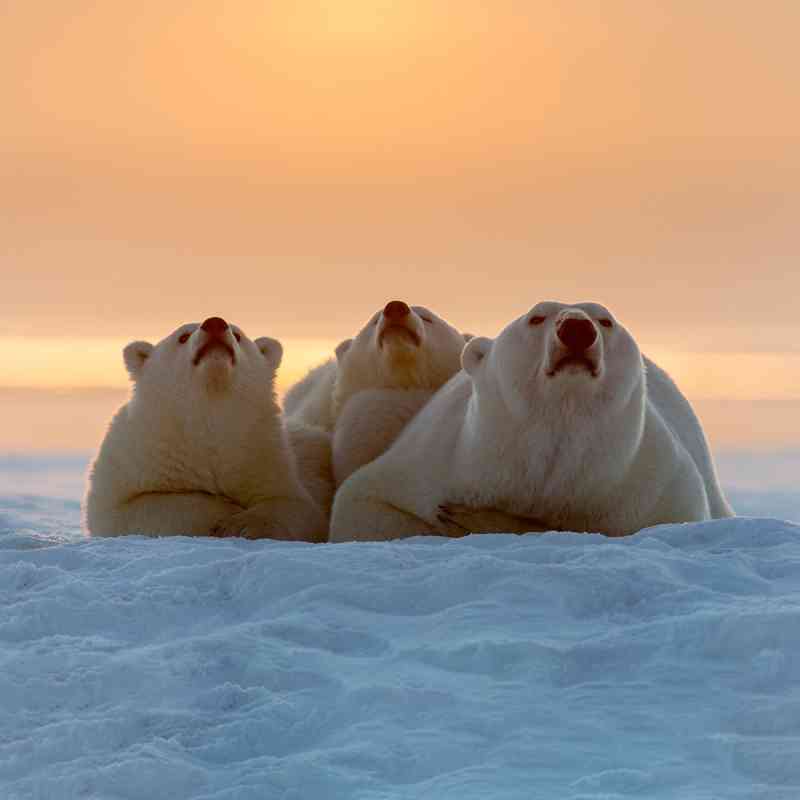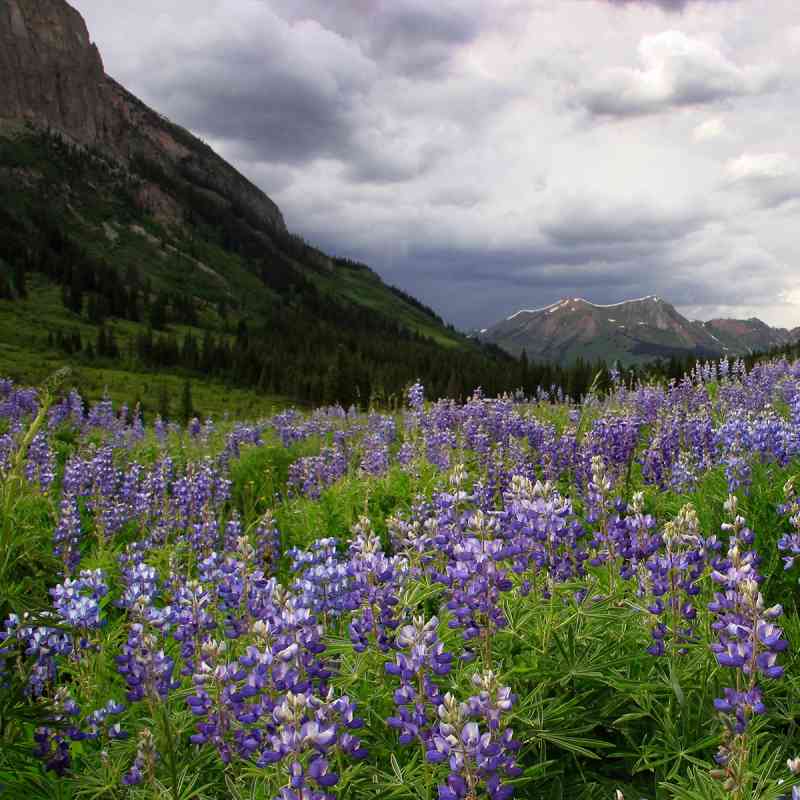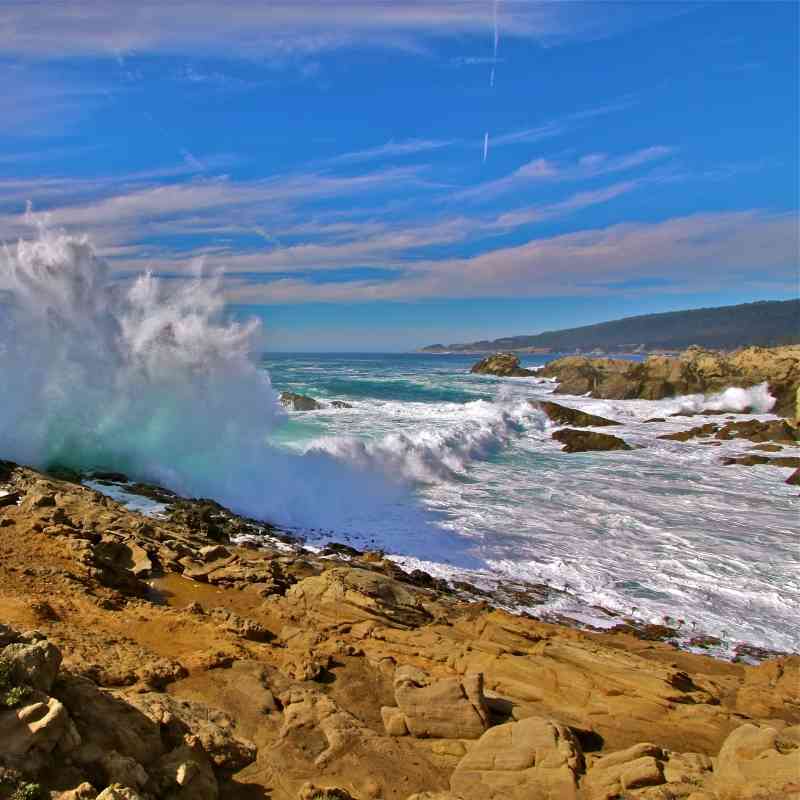Animal Conservation News
Get in Line, Gulo

© Ken Curtis
Wolverines have strength, hardiness, powerful jaws and sharp claws on their side, but Gulo gulo still may not be resilient enough to survive climate change in the American West.
The problem: In spring, increasingly higher average temperatures reduce or eliminate the snow cover that newborn kits need for shelter. In summer, higher temperatures could exceed what is tolerable for the alpine species. Ideally, August temperatures should average 72 degrees F. But computer modeling in a recent study by the National Center for Atmospheric Research showed that under two likely greenhouse gas emission scenarios, the average August temperature across the wolverine’s range could hit up to 90 degrees F during the second half of the century. “It’s highly uncertain whether wolverines will continue to survive in the lower 48 states, given the changes that are likely to take place there,” says Synte Peacock, the study’s author.
In a positive step—and after Defenders sued to win federal protections for the species—the U.S. Fish and Wildlife Service determined in December that, because of the species’ low U.S. population and the threat posed by climate change, wolverines deserve Endangered Species Act protection. But there’s another snag: A backlog of other imperiled species awaiting listing—251 to be exact—means protections will be withheld indefinitely. “Fewer than 300 survive in the Lower 48 and a recent study found that just 35 individuals are breeding successfully here,” says Dave Gaillard, Defenders’ Rocky Mountain representative. “Wolverines need our help right now. Listed or not, waiting to protect them and their habitat is not an option.”
Find out more on what Defenders is doing to save wolverines in the West.
Hold on Little Seahorse
It’s been a rough ride for many Gulf of Mexico species following the BP Deepwater Horizon oil blow-out a year ago this April, and the dwarf seahorse is no exception. Given its tiny size, small home range, low birth rate and reliance on Sargassum—dense floating seaweed mats—for food and shelter, the world’s most minute seahorse could be sliding toward extinction. Sargassum, an oasis for a variety of marine life from shrimp to sea turtle hatchlings, took a huge hit when oil stuck to the mats and BP set them on fire—while attempting to burn off some of the leaking crude—along with the wildlife entwined within. “With so little known about the status of seahorses, we have no idea how much they may have been harmed by the Deepwater Horizon hemorrhage,” says Ya-Wei Li, Defenders’ endangered species policy analyst. “Their plight is flying under the radar.” Defenders is asking the National Oceanic and Atmospheric Administration to monitor the spill’s impact on the seahorse population and to ensure that money from BP’s gulf compensation fund is directed at the species’ recovery.
Bearing it, but Barely
The exhausted polar bear swam 426 miles nonstop for nine days before she finally reached an offshore ice floe to rest, according to a recent study published by researchers at the U.S. Geological Survey (USGS) in Alaska, who tracked the radio-collared bear across the Beaufort Sea in late 2008.They have observed other marathon swimming events but believe this was probably the longest. Along the way she lost her cub, who couldn’t keep up, and 22 percent of her body weight.
Polar bears depend on sea ice to hunt for bearded and ringed seals. But its dramatic loss in the spring and fall months, when ice had once been abundant, is forcing the bears to spend longer periods onshore—where there is little to nothing for them to eat—or to swim longer distances between ice floes. The USGS study states that “drowning-related deaths of polar bears may increase in the future if the observed trend of regression of pack ice and/or longer open-water periods continues.”
Defenders is working to protect polar bear denning and offshore sea ice areas and, thanks in part to Defenders, in January the federal government announced it will protect some 187,000 square miles of the bear’s habitat. “As the Arctic warms, it is more than likely we will see more development of the coastal regions in Alaska,” says Karla Dutton, Defenders’ Alaska director. “This habitat protection will provide crucial protection for polar bears, a species whose habitat is melting from beneath its feet.” Defenders is also working to win a permanent moratorium on energy exploration and development in the Southern Beaufort and Chukchi seas, and in the Arctic National Wildlife Refuge, one of the most important habitats for Alaskan polar bears.
Only select articles from Defenders are available online. To receive 4 issues annually of the full award-winning magazine, become a member of Defenders of Wildlife!
Related





